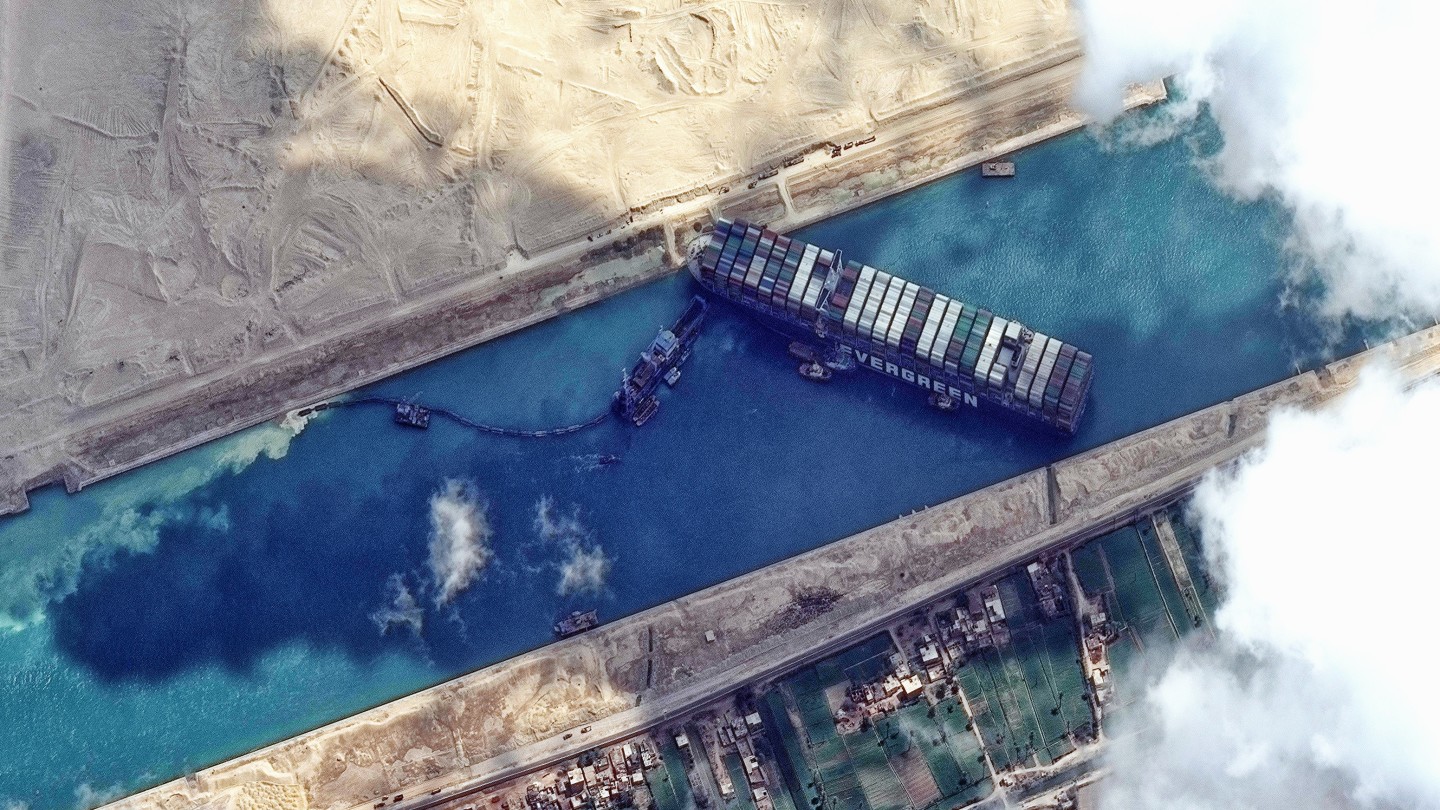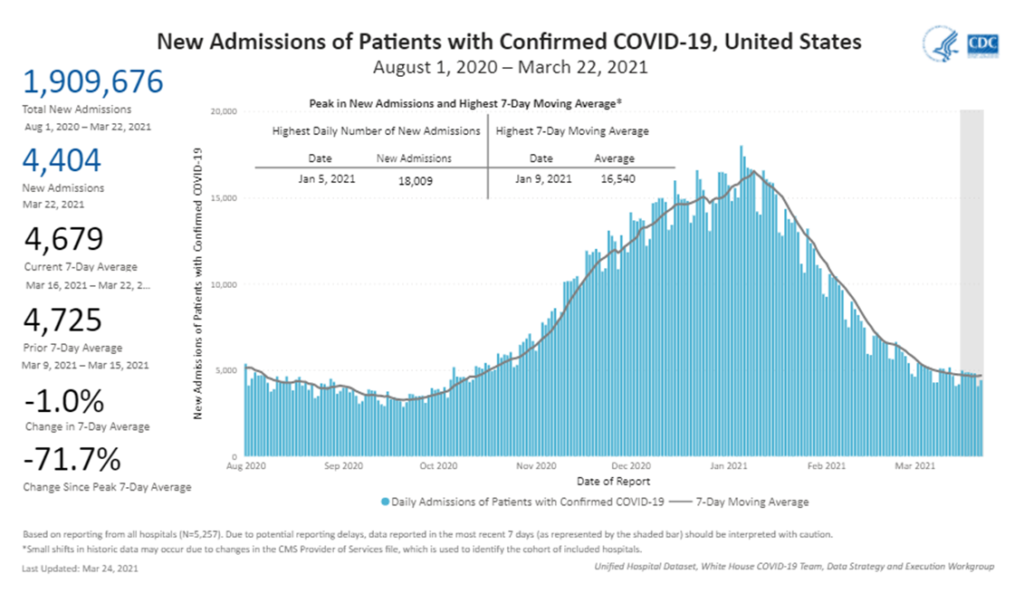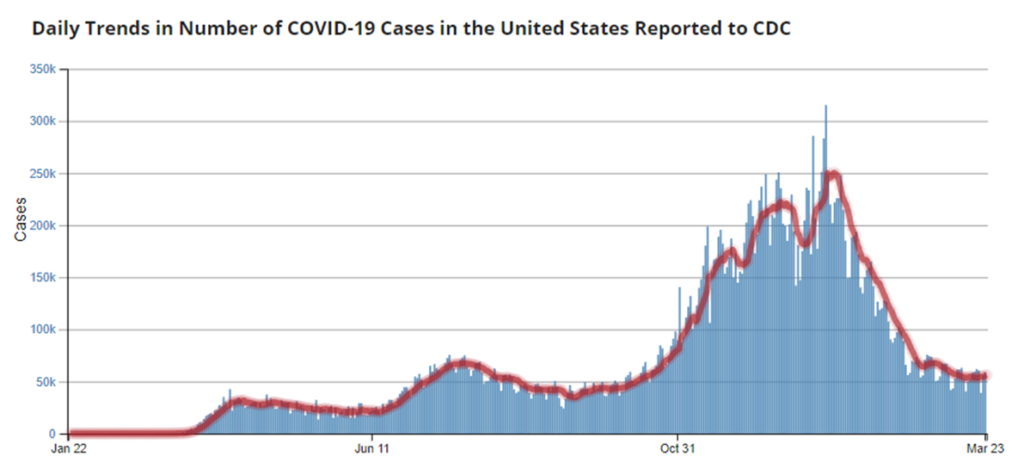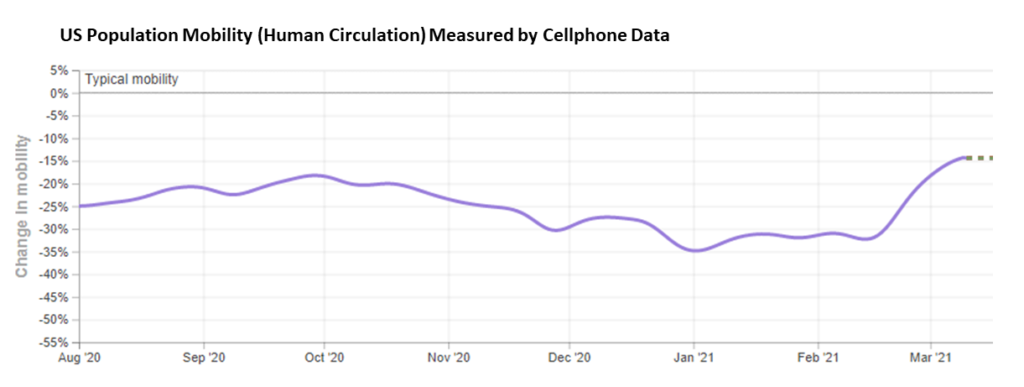I received my first dose of the Moderna vaccine on April 17. With this jab I joined just over 131 million residents of the United States — and 884 million fellow humans — who have been vaccinated against covid in the last five months. Among my U.S. age cohort (over 65) about 80 percent have now received at least one dose. My second dose is scheduled for May 15.
On January 18, 2021 I registered with my regional (multi-county) public health agency to be vaccinated. Two weeks after this initial online sign-up I was asked to complete a survey to assess my vulnerability and priority. Other than being over 65, my risk of contagion was low. I have been largely self-isolating since early March 2020.
On March 7 my registration information was transferred from the regional public health agency’s database to the state parent-agency. The transition was not complicated. I was asked to complete a more detailed online vulnerability survey. I began receiving weekly “updates” basically confirming I was registered and warning of an extended wait.
On April 12 I received an email from the Centers for Disease Control asking me to register with the Vaccine Administration Management System (VAMS). After doing so I was able to view vaccination venues within 10, 20, and 50 miles of my zip code. For the first two days the only open slots “available” were May and June clinics scheduled to be hosted in Tajikistan, China, and Japan. It is my impression that personnel associated with my state (e.g., National Guard units) are deployed in these locations. I did not book a flight to Shanghai.
On the third morning after registering with VAMS I logged on, checked availability, and found many slots available for a nearby vaccination clinic to be hosted in two days. I chose a 10:10 to 10:20 appointment. I arrived at about 9:40 passed a temperature check and was given a number. There were four others in front of me. After my jab I waited 15 minutes. No after-effects, not even a sore arm. I departed the venue about 10:10. I was a bit more tired than usual that afternoon, but cause was unclear.
I have been self-consciously compliant, but passive seeking vaccination. I assisted my wife to be more proactive. She received her two vaccinations from a local chain pharmacy in late February and March. She now has maximum immunity, estimated at over 90 percent. But given my minimal vulnerability — and my professional roles — I have been curious to see when and how the public health system would get to me.
In early January I perceived that by the end of April or early May it would be possible to begin vaccinating the general population. In many ways that threshold is already being crossed. In early January I was also concerned that variants would accelerate disease and death by mid-March. The variants have increased hospitalization rates, but later and — so far — less precipitously than I expected. Meanwhile U.S. vaccination rates have been a bit faster than I expected.
I am happy that variants have been three or more weeks slower to dominate than I expected, while the pace of vaccinations is at least two weeks faster than I expected. In something as dynamic as this pandemic, such marginal differences can have magnified outcomes.






